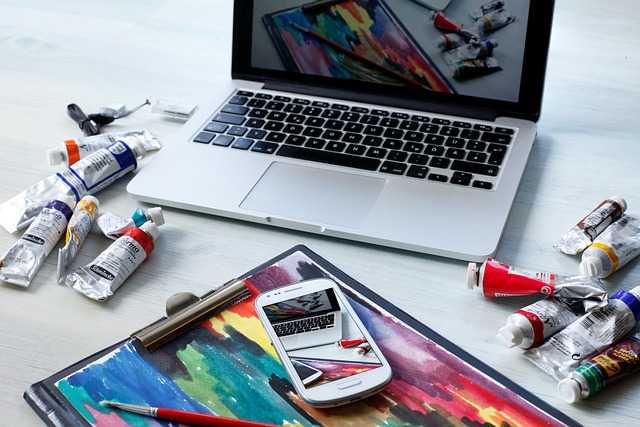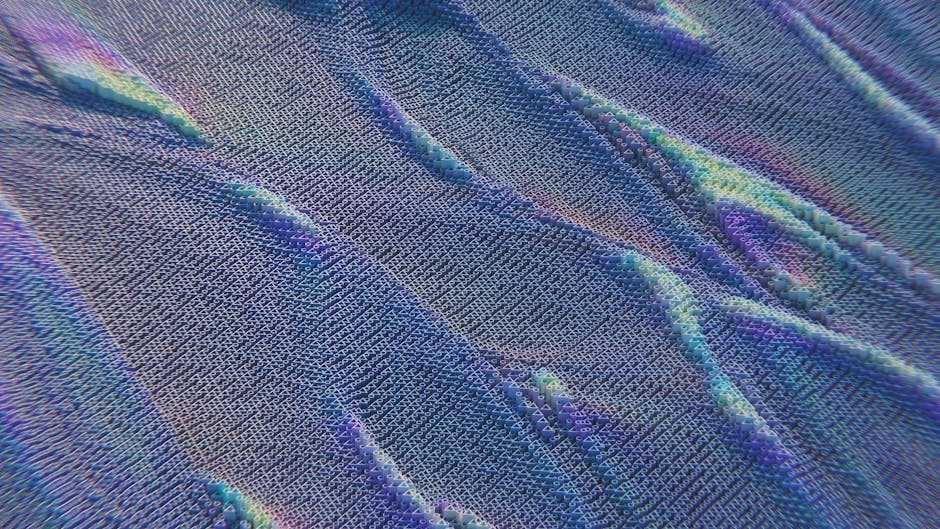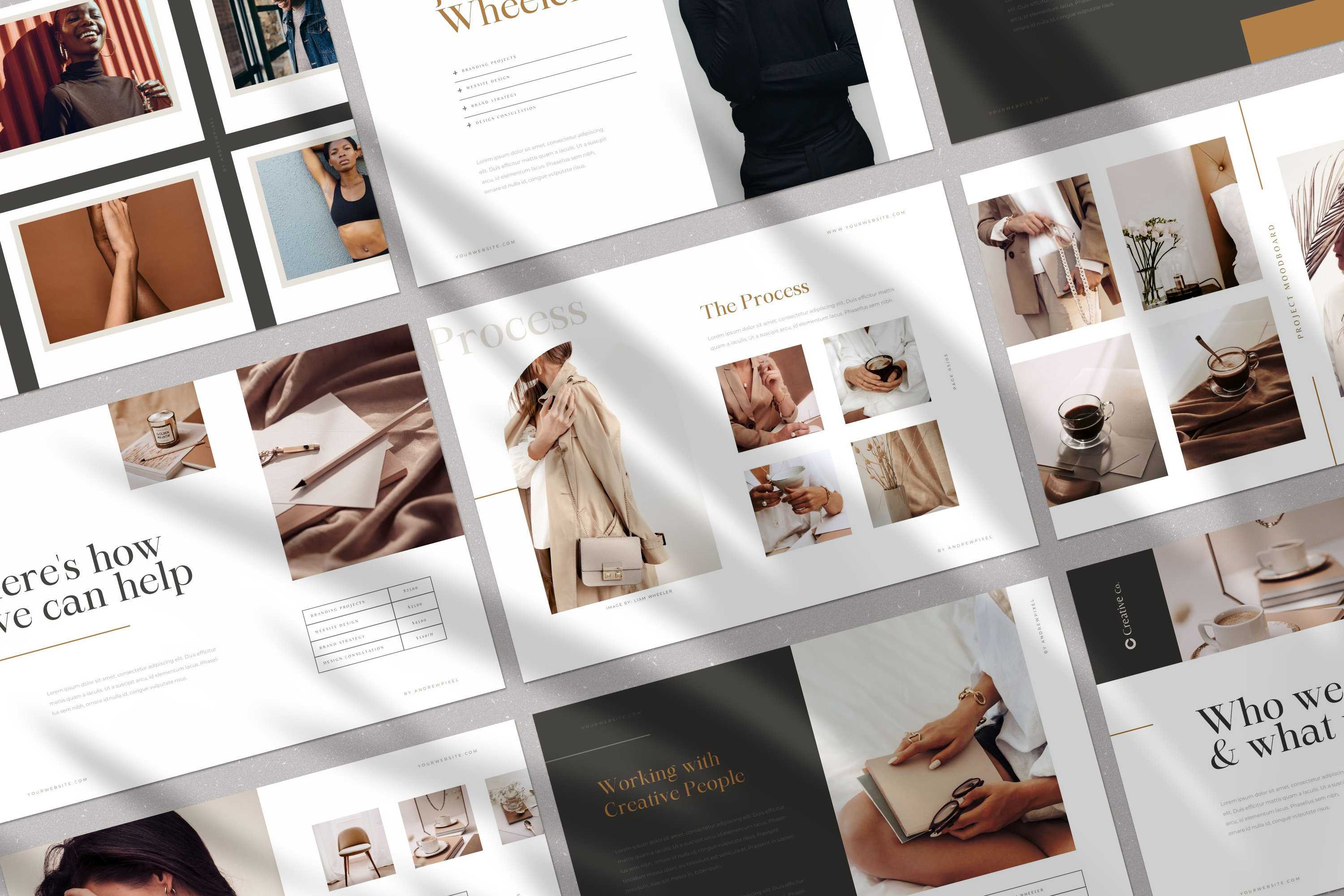Table of Contents
- Navigating the Tools of the Modern 3D Artist
- Creative Techniques for Stunning Visuals in 3D Art
- Advice to New 3D Artists for a Successful Career Start
- Harnessing Technology: Virtual Reality and Beyond in 3D Art
- Building a Portfolio that Showcases Your Unique Artistic Flair
- Q&A
- Final Thoughts
Navigating the Tools of the Modern 3D Artist
In the rapidly evolving world of digital creativity, the tools a 3D artist chooses can significantly impact the efficiency and quality of their work. Software suites such as Blender, Maya, and ZBrush have become integral to modeling, sculpting, and animating in 3D, each offering unique capabilities that cater to different aspects of creative workflows. Blender, with its open-source accessibility, appeals to both budding artists and seasoned professionals, providing a versatile platform for a variety of projects. On the other hand, Maya is renowned for its robust animation tools, making it a favorite among character animators. ZBrush stands out with advanced sculpting tools that allow for extraordinarily detailed models, ideal for creating intricate textures and surfaces.
Besides software, hardware considerations are pivotal. A high-performance computer is crucial for handling the demanding processes of rendering and real-time modeling. Many artists opt for graphics cards like NVIDIA’s RTX series, which are most celebrated for their processing power and real-time ray tracing capabilities. Additionally, tablets like the Wacom series are popular for their pressure sensitivity, providing a more intuitive, pencil-on-paper feel that enhances the digital sculpting and drawing experience. These tools allow artists to bridge the gap between traditional techniques and digital possibilities, bringing their visions to life with greater precision and fluidity.
Online resources have also become indispensable, providing artists with tutorials, plugins, and community support. Websites such as ArtStation and CGSociety offer platforms for showcasing work, gaining inspiration, and receiving feedback from fellow artists. Free and premium plugins can be found on sites like Gumroad, helping to expand software functionality and customize workflows. When exploring educational content, platforms like YouTube and Udemy offer tutorials ranging from beginner to advanced levels, allowing artists to continuously learn and refine their craft.


Creative Techniques for Stunning Visuals in 3D Art
Exploring Various Textures and Materials is an essential facet for any digital artist aiming to craft striking 3D visuals. Textures breathe life into flat models, turning simple geometry into something relatable and tangible. Consider using procedural texturing techniques to introduce complexity and realism into your designs without overwhelming file sizes. Experimenting with materials such as metal, glass, or fabric can also add depth and interest. This procedural approach ensures that your textures remain versatile and adaptable, crucial for maintaining consistency across different projects.
Using Dynamic Lighting Techniques can dramatically enhance the mood and realism within a 3D scene. Lighting isn’t just a necessity; it’s an opportunity to shape narrative and emotion. Implement the use of global illumination and ambient occlusion to simulate how light interacts within the environment naturally. Here are some lighting tips to consider:
- Utilize soft, diffused lighting for a calming effect.
- Incorporate contrasting light sources to add drama.
- Experiment with colored lights to evoke specific moods.
The art of creating Intricate Compositions with effective focal points is a powerful tool in your creative arsenal. Whether using the classic rule of thirds or integrating leading lines, the way elements are arranged in your work can significantly influence viewer interaction. Consider blending traditional design principles with modern twists. For example, placing focal points off-center can create visual tension that draws the viewer in. A useful way to assess compositions is to create a simple table to test different layout variations and gather feedback quickly:
| Composition Element | Description | Effect |
|---|---|---|
| Rule of Thirds | Dividing image into nine equal parts | Guides eye naturally |
| Central Focal Point | Main element at center | Direct focus instantly |
| Asymmetry | Unbalanced composition | Creates tension and interest |
These techniques will assist in honing your artistic vision, fostering creativity within your projects, and keeping your portfolio exciting and innovative.


Advice to New 3D Artists for a Successful Career Start
Starting out in the world of 3D art can seem daunting, but with the right mindset and tools, it’s a rewarding journey. Focus on mastering the basics first. Understanding foundational concepts such as modeling, texturing, and rendering is essential. Allocate time to practice daily, experimenting with different techniques and tools. There are many online resources and communities where beginners can hone their skills. Engaging in platforms like ArtStation or DeviantArt can be greatly beneficial for both learning and networking.
Investing time in creating a standout portfolio is one of the most crucial steps for any new artist. Use a WordPress website with a responsive design to showcase your best work. Quality over quantity is the key. Curate pieces that demonstrate your range and proficiency. Make sure your site is easy to navigate, with categories plainly labeled for prospective employers or collaborators to find relevant sections swiftly. Implement visually appealing themes and integrate plugins that enhance the viewing experience.
Networking is pivotal in the growth of a 3D artist. Join social media groups focused on 3D design and art. Participate in online challenges or competitions to gain visibility. Consider attending workshops or webinars by industry experts. The art world thrives on collaboration, so don’t hesitate to reach out to fellow artists for critique or collaboration on projects. Below is a concise guide to essential tools and platforms beneficial for beginners:
| Tool | Description |
|---|---|
| Blender | A powerful, open-source 3D modeling tool. |
| Substance Painter | Great for adding texture and materials to models. |
| Sketchfab | An excellent platform for sharing 3D models. |


Harnessing Technology: Virtual Reality and Beyond in 3D Art
In the ever-evolving realm of 3D art, technological advancements like virtual reality (VR) are reshaping the creative process. Artists can now virtually step into their digital canvases, offering a deeper, immersive experience. This technological symbiosis not only enhances the creative journey but also introduces a dynamic way to visualize concepts, refine details, and test ideas. VR headsets and tools have become indispensable, enabling artists to model, sculpt, and paint in a fully immersive space, where every tilt of the head and movement of the hand translates into artistic expression.
Beyond VR, artists are also exploring augmented reality (AR) and mixed reality (MR) to push the boundaries further. This blend of realities results in interactive art forms where viewers can engage with the artwork on a personal level. With AR apps, artworks can transcend traditional media, becoming living, breathing pieces that respond to viewer interaction. This interactive approach not only heightens viewer engagement but also revolutionizes how art is consumed and appreciated.
| Technology | Function |
|---|---|
| Virtual Reality | Immersive 3D modeling and sculpting |
| Augmented Reality | Enhancing real-world environments |
| Mixed Reality | Seamless blending of real and virtual worlds |
Moreover, as technology progresses, artists have access to innovative software and platforms that cater specifically to their diverse needs. Some of the most sought-after tools allow for intricate detailing and expansive creativity in formats previously deemed implausible. Softwares are dynamically evolving, with features like AI-driven rendering and real-time collaboration becoming the norm. This ensures that artists can focus on their creative instincts while leveraging technological support to bring their visions to life with unmatched precision and depth.


Building a Portfolio that Showcases Your Unique Artistic Flair
As a modern 3D artist, capturing the essence of your unique artistic flair is paramount in differentiating yourself in a competitive market. First, consider organizing your portfolio with dynamic sections that highlight the diverse range of your skills. Consider categories like:
- Concept Art: Early sketches and ideation processes.
- Rendered Projects: High-definition images showcasing completed works.
- Interactive Models: Include GIFs or short videos for an engaging experience.
Injecting personality into your selections is crucial. Utilize color theory and unique stylistic elements to convey your personal brand throughout your portfolio. This could mean including unexpected angles or perspectives in your renders, or playing with lighting techniques to evoke a specific mood or narrative. Visual storytelling capabilities are especially important; they enable potential clients or employers to envision the depth and breadth of your creative power.
To enhance user engagement on your site, consider implementing the following WordPress styling elements:
| Element | Description |
|---|---|
| Responsive Image Slider | Enable viewers to swipe through images seamlessly. |
| Parallax Scrolling | Creates a modern, dynamic feel while navigating. |
| Breadcrumb Navigation | Helps users track their location and return to earlier content. |
